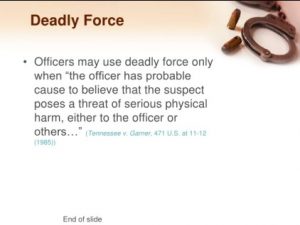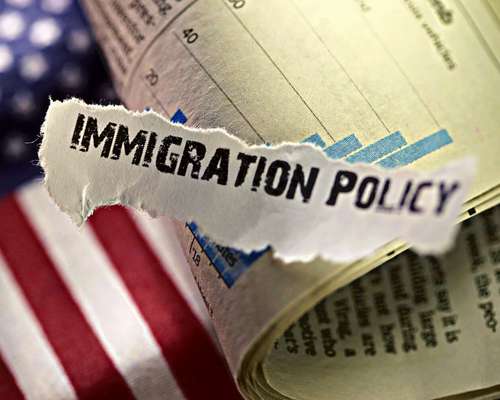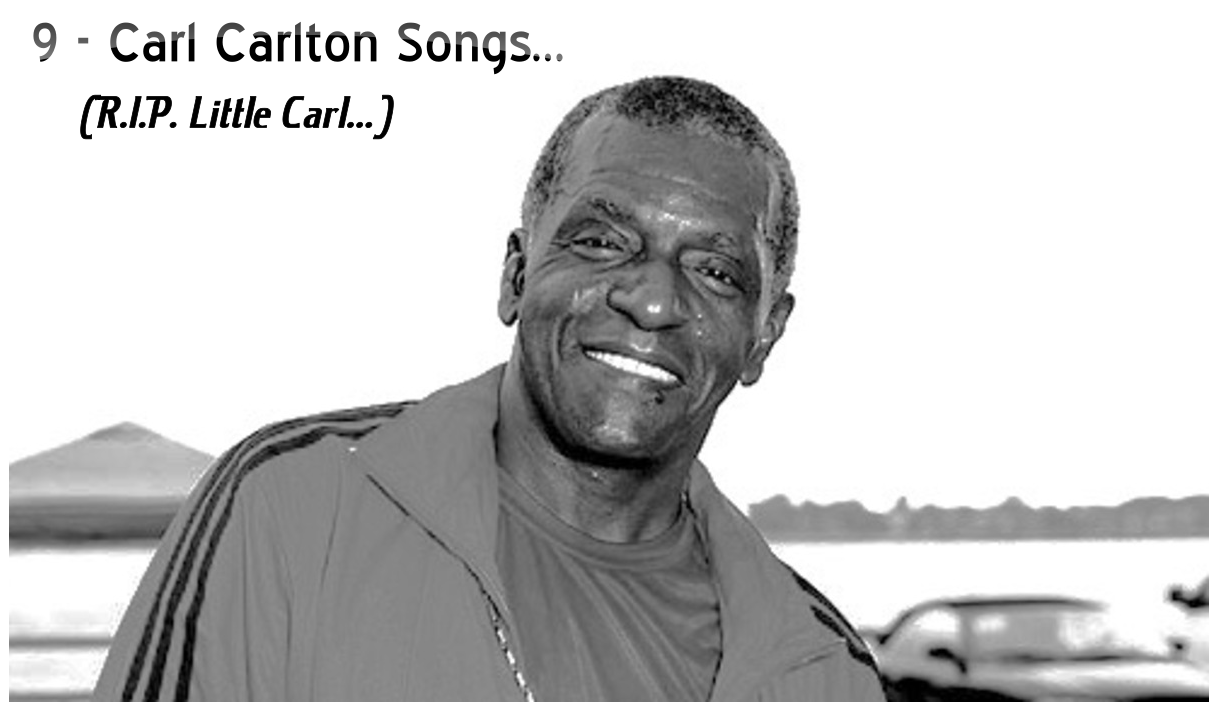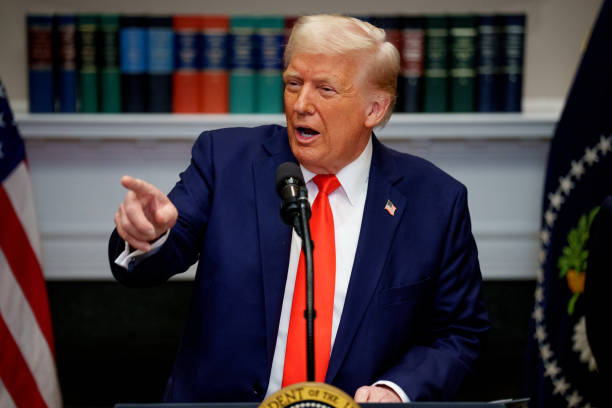(ThyBlackMan.com) In quick succession, an El Cajon police officer gunned down an alleged mentally challenged man, a Tulsa police officer gunned down a distressed motorist, a Charlotte, North Carolina officer gunned down an allegedly combative suspect, Pasadena, California police officers violently restrained a distressed man who allegedly became combative and he died, and a Los Angeles police officer killed an alleged fleeing auto theft suspect. These violent deaths at the hands of officers have two things in common. They stirred furor, rage, and protests because the victims were Black males. But it’s the second thing that has drawn almost no attention in these cases that deserve the most attention, and more importantly some answers. That’s the tormenting, and still mostly unanswered question, just when can and should a cop use deadly force?
There is no uniform national standard of what is or isn’t an acceptable use of force in police slayings. It almost always comes down to a judgment call by the officer. In the Rodney King beating case in 1992 in which four LAPD officers stood trial, defense attorneys painted King as the aggressor and claimed that the level of force used against him was justified. This pattern has not changed in a number of celebrated cases since then. Police claim that they feared for their lives in confronting civilians and they use deadly force solely in self-defense. In the rare times an officer is charged with the wanton use of deadly force, and is brought to trial, judges and juries, almost always buy the line that the level of force was necessary to save the officer’s life or prevent injury or harm to other civilians. Judges either dismiss the charges. If it goes to a jury, it usually quickly acquits the officer or officers charged. But just what exactly is the level of force that’s permitted to convince a judge and jury that the deadly force is legal and necessary?
force used against him was justified. This pattern has not changed in a number of celebrated cases since then. Police claim that they feared for their lives in confronting civilians and they use deadly force solely in self-defense. In the rare times an officer is charged with the wanton use of deadly force, and is brought to trial, judges and juries, almost always buy the line that the level of force was necessary to save the officer’s life or prevent injury or harm to other civilians. Judges either dismiss the charges. If it goes to a jury, it usually quickly acquits the officer or officers charged. But just what exactly is the level of force that’s permitted to convince a judge and jury that the deadly force is legal and necessary?
The courts haven’t been much help. A 1985 Supreme Court ruling did say that police officers can’t simply kill a fleeing suspect simply because the suspect is fleeing. There has to be a proven immediate threat to the officer or others for deadly force to be justified. That didn’t do much to clarify the issue, since an officer can easily make the case that the suspect had committed a felony or serious crime and that alone made him an immediate risk or threat to the officer and others. A 1989 Supreme Court ruling muddied the picture even more when it ruled that the test of reasonable use of deadly force is “not capable of precise definition or mechanical application.”
In effect it punted the issue back to police departments to determine when deadly force can and should be used. Some police departments such as the NYPD and Philadelphia PD picked up on that 1985 court ruling and made it policy that officers can’t take shots at a fleeing suspect simply because the suspect is fleeing. However, it’s still a subjective call by the officer over whether the suspect’s flight could result in the commission of more crimes that could result in harm to others. If the officer shoots, it’s almost certain that the officer would not be prosecuted for making the judgement call that killing was necessary, no matter whether the suspect was armed or not.
Even when police departments spell out exactly when an officer can use deadly force, that policy is not a ready part of the public record, that’s open and accessible to all. There’s also no public disclosure of how the department’s rules on the use of deadly force are made a part of the officer training, and follow-up training, to drill home to officers that there are indeed strict guidelines that must be adhered to when an officer can shoot to kill.
The recent police killings that ignited massive protest are glaring examples of how judgements are made that may have absolutely nothing to do with the actual imminent threat standard or test for the use of deadly force. The officers claimed a gun or knife was present, that they feared for their life, or that there was a flight and a chase that endangered others. Whether there was a true imminent threat mattered little, it was just the officer’s word that it did that counted, and a life was taken.
The National Institute of Justice has put on paper a uniform summary of when and what level of force officers should use. The steps range from no force, verbal commands, bodily force, non-lethal weapon use such as pepper spray, Tasers, and wooden bullets. These are the things on paper anyway that an officer must use before opening fire.
However, the gap between what’s on paper and what officers did in the Tulsa and El Cajon killings is wide and deep. Without uniform and rigid guidelines that spell out when an officer can use deadly force, and spell out the punishments for violating the guidelines, the lines will continue to be blurred and the killings will continue—legal or not.
Written By Earl Ofari Hutchinson
One can find more info about Mr. Hutchinson over at the following site; TheHutchinson ReportNews.
Also feel free to connect with him through twitter; http://twitter.com/earlhutchins
He is also an associate editor of New America Media. His forthcoming book is From King to Obama: Witness to a Turbulent History (Middle Passage Press).

















ATTENTION:
THE FIRST NATIONAL STRATEGIC PLAN TO
END POLICE BRUTALITY
The Metro Atlanta Crime Commission (atlantacrimecommission@yahoo.com) has just unveiled the strongest, most comprehensive and collaborative strategic NATIONWIDE plan available to END POLICE BRUTALITY. We address all sides of this issue. Our lawful solutions include strategies and methods of prevention, intervention and curative solutions for victims and their families. PLEASE DO NOT COMPETE WITH US. WE ARE ABOUT SAVING LIVES. Help us in this effort. It is not about who gets the credit. Many of you are soldiers but we are strategists who plan and advise the commanders. There is a strategic war being waged against you and if you do not know how to fight that war, you will lose.
WE WOULD LIKE TO OFFER FREE SEMINARS TO YOUR ORGANIZATION. THEY ARE CALLED “POLICE ENCOUNTERS 101.
These Free 2 hour monthly seminars cover:
1. The Right and Laws You Need To Know As A Citizen
2. How To Handle A Police Encounter
3. Real Lawful Impacting Solutions If You Are A Victim (Many that an attorney will never tell you)
Instead of ignoring this plan creating your own, criticizing us, insulting us or spamming our emails (as some have), GET INVOLVED. We are experts in this area, we can tell you what attorneys, courts and police departments do not want you to know. Our staff is comprised of
instructors, former detectives, researchers and legal specialists.
NOBODY ELSE HAS THE SOLUTIONS WE HAVE DEVELOPED with the help of over 100 honest law enforcement officials. We have the research and thee solutions that will end police brutality. But instead too many groups, attorneys, nonprofits and opportunists without even half of these solutions are competing with us or ignoring what we have to offer. Yet they cannot produce the same results.
The primary reason police brutality is not stopping is simple. Bad officers are more dedicated to police brutality than we are at stopping them. As long as this is true, it will continue.
Contact us at (404) 384-7731 right away to schedule the seminars after you have read the attached material. Gather your group together and spread the word or share this email with everyone you know – friends, family, co-workers, social media etc.
Email us at atlantacrimecommission@yahoo.com for the plan. Please be advised we screen and verify everyone because we deal with sensitive and confidential information and issues so Cointelpro operatives beware. We know how to spot them. Email us and get the NATIONAL STRATEGIC PLAN TO END POLICE BRUTALITY today and share this plan with everyone you know.